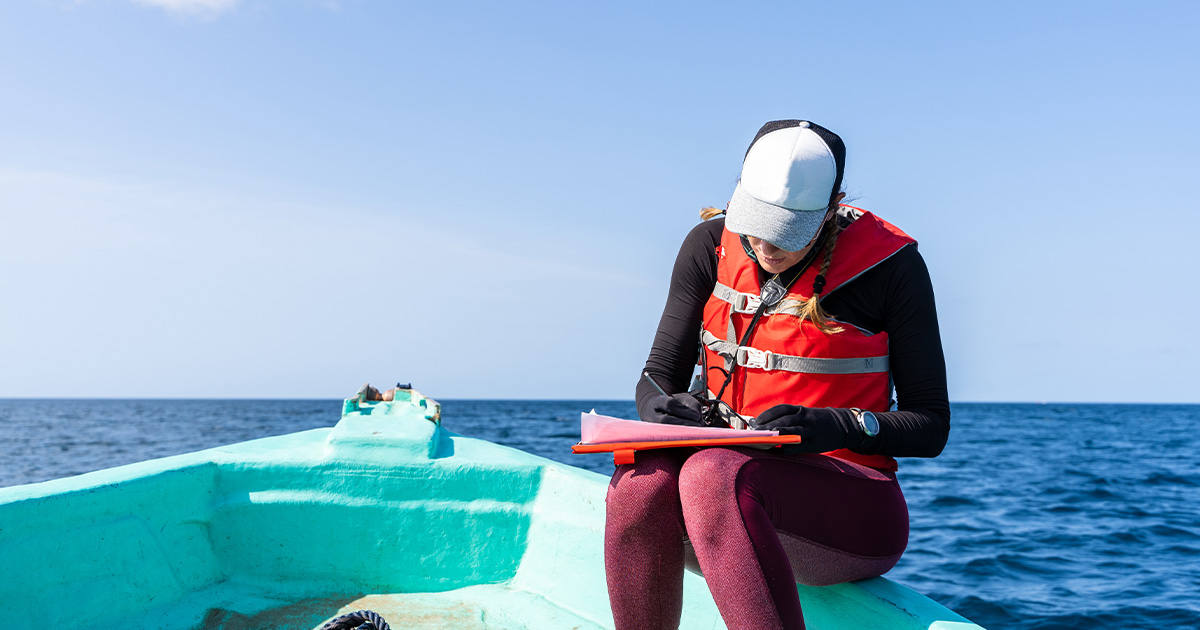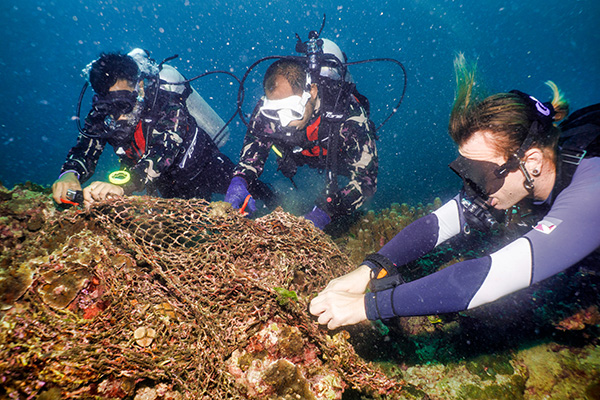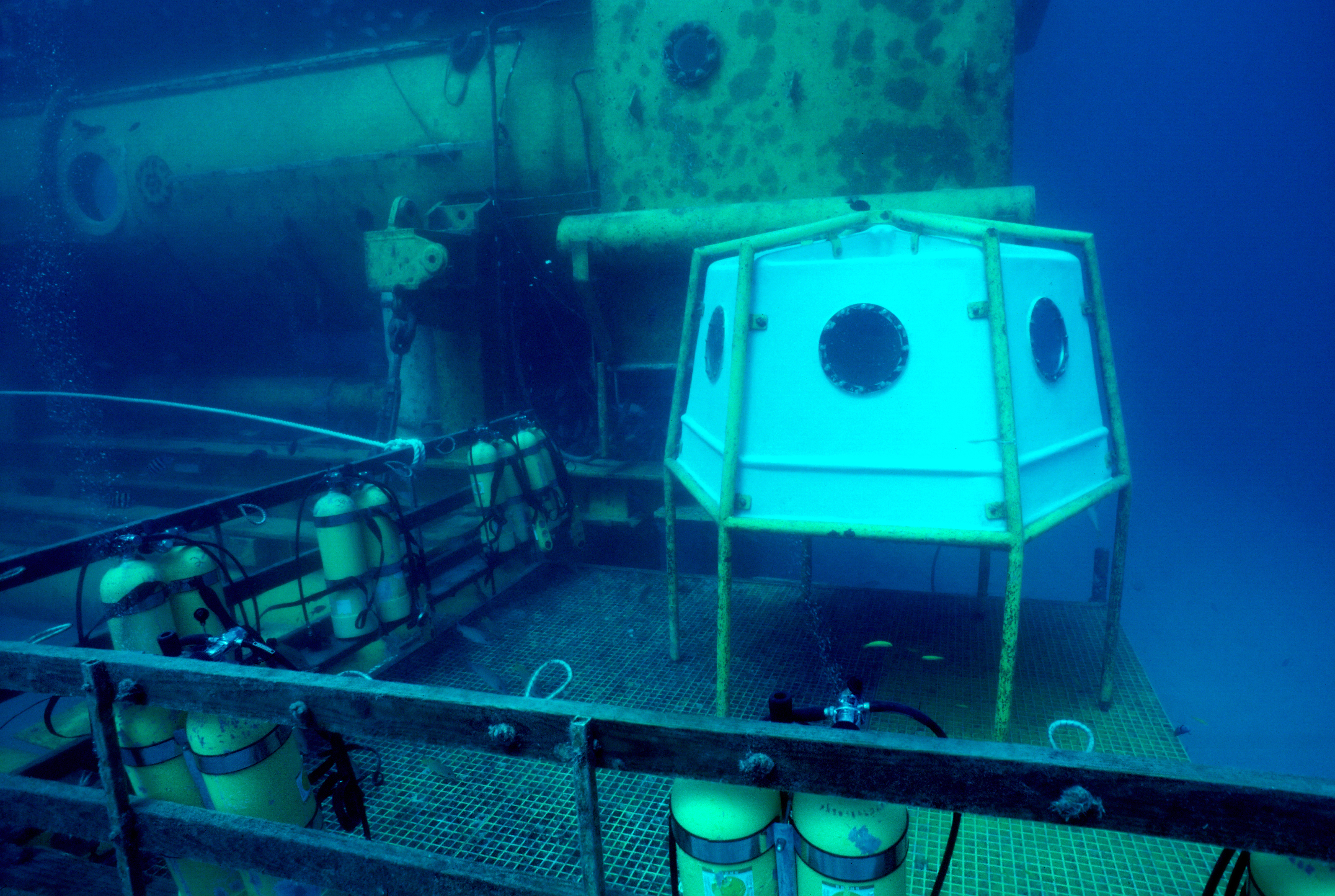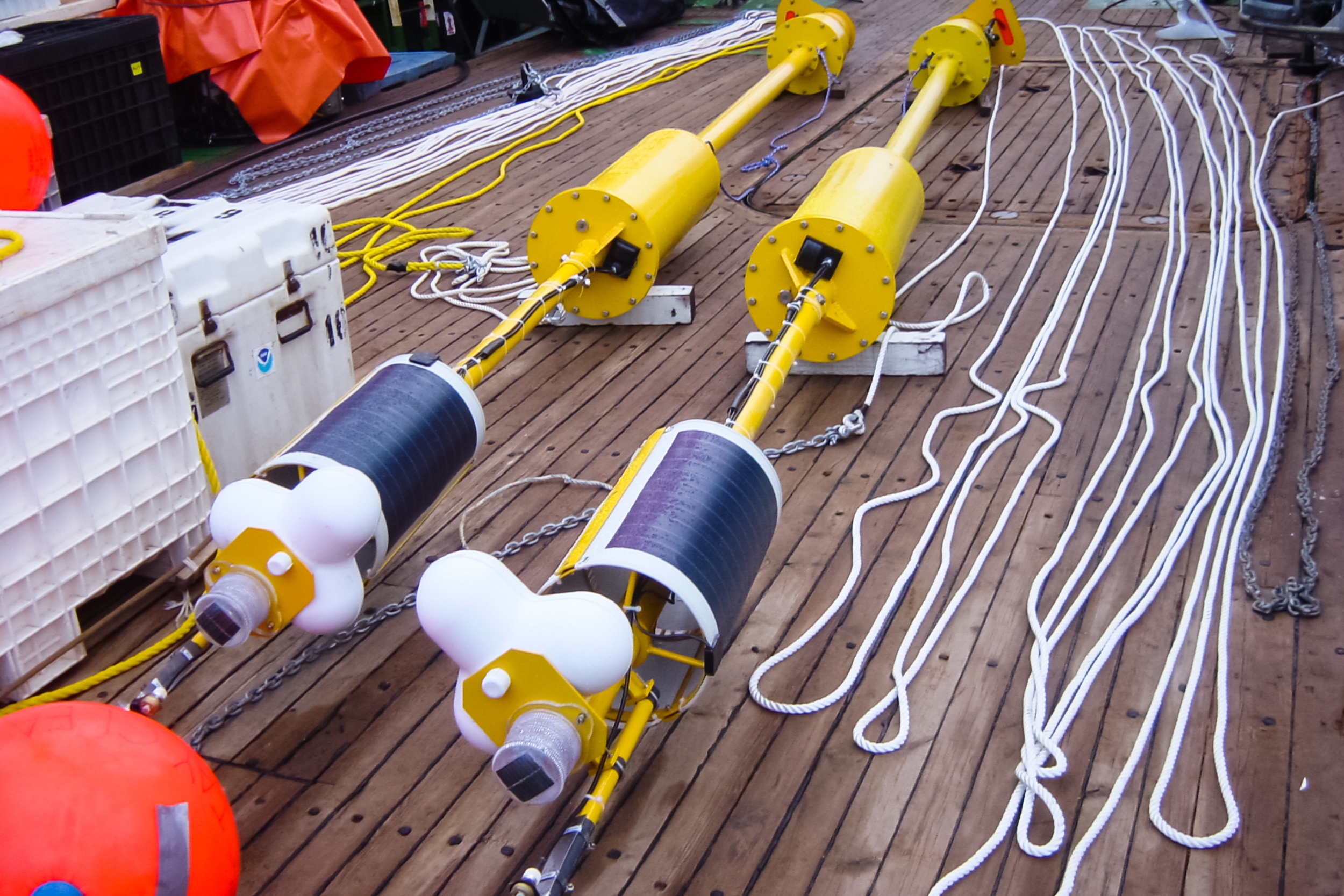Ocean observation casts a wide net over the discipline and industry of oceanography. Chemical, physical, and biological ocean observations have widened our knowledge base and improved our understanding of ocean phenomena.
Since its inception in 2013, Environment, Coastal & Offshore (ECO) Magazine has enjoyed a front-row seat in the expanding practice of ocean observation and the ocean industry. As a tribute to the last 10 years of applied marine science news, industry advancements, and research discoveries, we reflect on the accomplishments of the marine science community and the many practitioners working to advance ocean observing systems, disseminate ocean data, and solve problems.
Observing Programs
It wasn’t until the early 1930s that the rate of ocean observations and measurements began to increase rapidly. Mostly due to the need for defense-related information post World War I, research expeditions began to prioritize the understanding of ocean processes, density, and circulation patterns. While there is still a wide need today for defense-related ocean observation to take place, most programs have evolved to meet questions surrounding ocean cycling of carbon and trace metals, ocean heat and warming, and more.
Through sector collaboration, several present-day ocean observation programs have made headway in answering important questions and offer accurate, precise data for policy- and decision-makers. Programs like the Gulf of Mexico Coastal Ocean Observing System (GCOOS), the US Integrated Ocean Observing System (IOOS), the Global Ocean Observing System (GOOS), the Indian River Lagoon Observatory Network (IRLON) of environmental sensors, the Southeast Coastal Ocean Observing Regional Association (SECOORA), ARGO, and the National Data Buoy Center—to name just a few¬–have all thrived thanks to stakeholder cooperation and open-source availability of ocean observation data.
Observing Technology
Traditional ocean observing activities from research vessels and discrete sampling is still largely practiced today. Many programs—from government, academic, and NGO entities—exist and perform high-frequency sampling expeditions. GEOTRACES, for example, is an international research program that specializes in understanding and observing biogeochemical cycles. Another such discrete sampling program is the Global Ocean Ship-Based Hydrographic Investigations Program (GO-SHIP), which carries out observations related to physical oceanography, marine biogeochemistry, and the global ocean carbon cycle.
However, many observing programs and research groups have integrated the use of new technologies and platforms into their fieldwork. Measurement buoys (surface and subsurface) have evolved and have been retrofitted to perform real-time sampling. Gliders, uncrewed surface vehicles (USVs), underwater uncrewed vehicles (UUVs), remotely operated vehicles (ROVs), and autonomous profiling systems have all been harnessed to increase the resolution of ocean measurements and go where humans haven’t been before. Dedicated to ocean measurement and research, the Argo network is an example of an ocean observing program that fully embraces new ocean technology. Since 2000, the program has been made up of a fleet of robotic observing platforms that spans 26 countries.
Future challenges will continue to motivate the ocean science industry to push ocean observing technology to dive deeper, carry out more accurate measurements, and advance our overall understanding of the ocean. Through the collaboration with many public and private groups—Teledyne Research, Sea-Bird USA, the Japan Agency for Marine-Earth Science and Technology (JAMSTEC), and RBR—Argo has engineered floats to dive as deep as 6,000 meters.
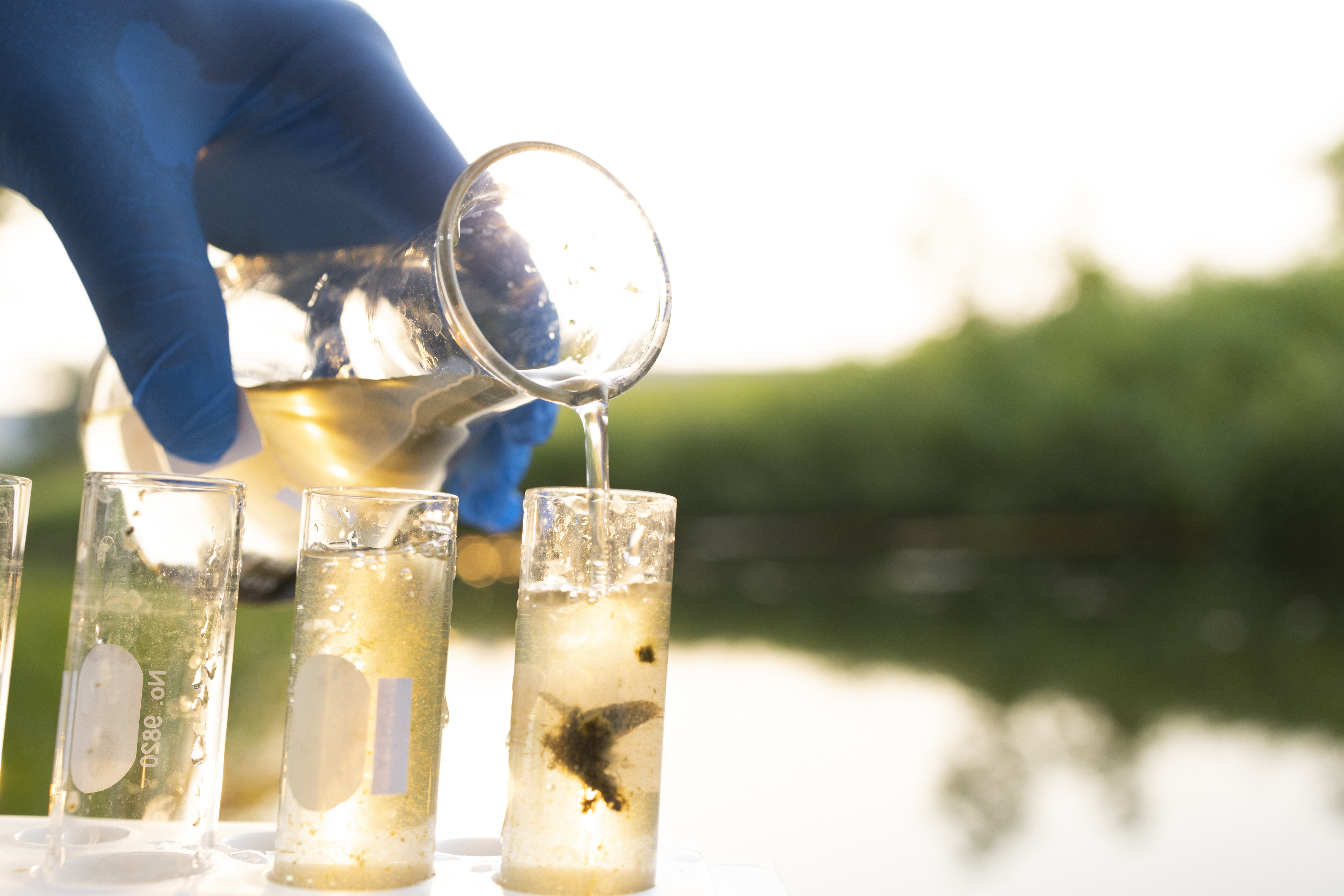
Diversifying Observation Packages
While embracing new ocean technology is trending, applying it in the field of ocean observation comes with inherent challenges. In the past 10 years, ocean observation and monitoring programs have grown to cover more remote areas and provide better measurement resolution, but most of the traditional measurements being observed have not changed. Data repositories include mainly temperature, salinity, conductivity, dissolved oxygen, and pressure/depth but lack additional measurements more closely related to biology. For example, GOOS reported in 2022 that only 5% of their ocean observing platforms had a biogeochemical sensor. That’s a wide research and data gap.
Additional measurements coming online to bring insight into current issues include observation packages that will measure the biological characteristics of the ocean. Biological toxin sensors are being improved to quantify the impacts of harmful algal blooms (HABs). Packages for eDNA will aid observation systems in determining biodiversity in open and remote ocean locations. Newer dissolved carbon dioxide (CO2) technology informs scientists and managers on the impacts of increased atmospheric CO2 and the ocean’s buffering capabilities.
When older, persistent sensor packages are bolstered with updated packages capable of measuring biological characteristics and placed on more advanced observing platforms—such as mobile profiling systems or remotely/autonomous vehicles—the discipline of ocean observation begins to paint a more multidimensional picture of ocean systems and cycles. Advancements like these will eventually leave one-dimensional discrete sampling in the past.
Fewer Humans, More Tech
In the years 2020-2022, ocean observations were heavily impacted due to the global pandemic. Programs monitoring carbon, heat, dissolved oxygen, weather, and more were grounded due to travel restrictions and research vessel approved operations.
Until very recently, we have begun to learn the quantitative impact COVID-19 had on global ocean observing systems. Wide systemic data loss was seen across networks due to the lack of maintenance on buoy and moored systems. The National Ocean and Atmospheric Administration (NOAA) estimates the overall loss of around 3,000 discrete samples due to the cancellation of research cruises. While overall impact estimates on ocean observations are still being determined, the pandemic has reaffirmed the applied marine science discipline must continue in its advancement of autonomous, in situ modes of sampling, monitoring, and observations of ocean systems.
Increased efficiency in ocean observing platforms means ocean observing practitioners must improve autonomous platforms to withstand heavy biofouling, deter sensor drift, increase overall power requirements and battery lifetime, refine platform communications capabilities, and diversify sensor analyte applications.
Data Acquired, Now What?
As ocean observing and monitoring systems age—many with at least 10 to 15 years’ worth of data collected—questions arise surrounding data management and use. Programs have begun to improve data processing, quality assurance and quality control, and modeling procedures. For example, workshops are being held to generalize and standardize how measurement corrections are applied to short and long-term data portals.
As automation of open-source data portals begins to be the new normal, ocean forecasting and warning systems will become more useful and applicable for the prevention of hazardous maritime events. For example, Tsunami monitoring systems, maritime weather platforms, and ocean heat monitoring can improve, inform, and prepare communities for events capable of bleaching corals and causing coastal inundation.
Hands down, ocean observations are one of the most powerful tools science, industry, and government stakeholders have in solving the problem related to the global ocean. As collaboration improves, measurement resolution increases, and sensor technology advances, we will be able more accurately predict the impacts of events like ocean warming, ocean acidification, harmful algal blooms, and ocean diversity. The ocean discipline has come a long way in improving ocean observing, but it’s not time to throw in the towel yet; We still have a long way to go.
This exclusive feature was published in Environment, Coastal & Offshore (ECO) Magazine’s Deep Dive I: Ocean Observation. To read more features like this one, visit: http://digital.ecomagazine.com/publication/?i=789106&p=56&view=issueViewer.


